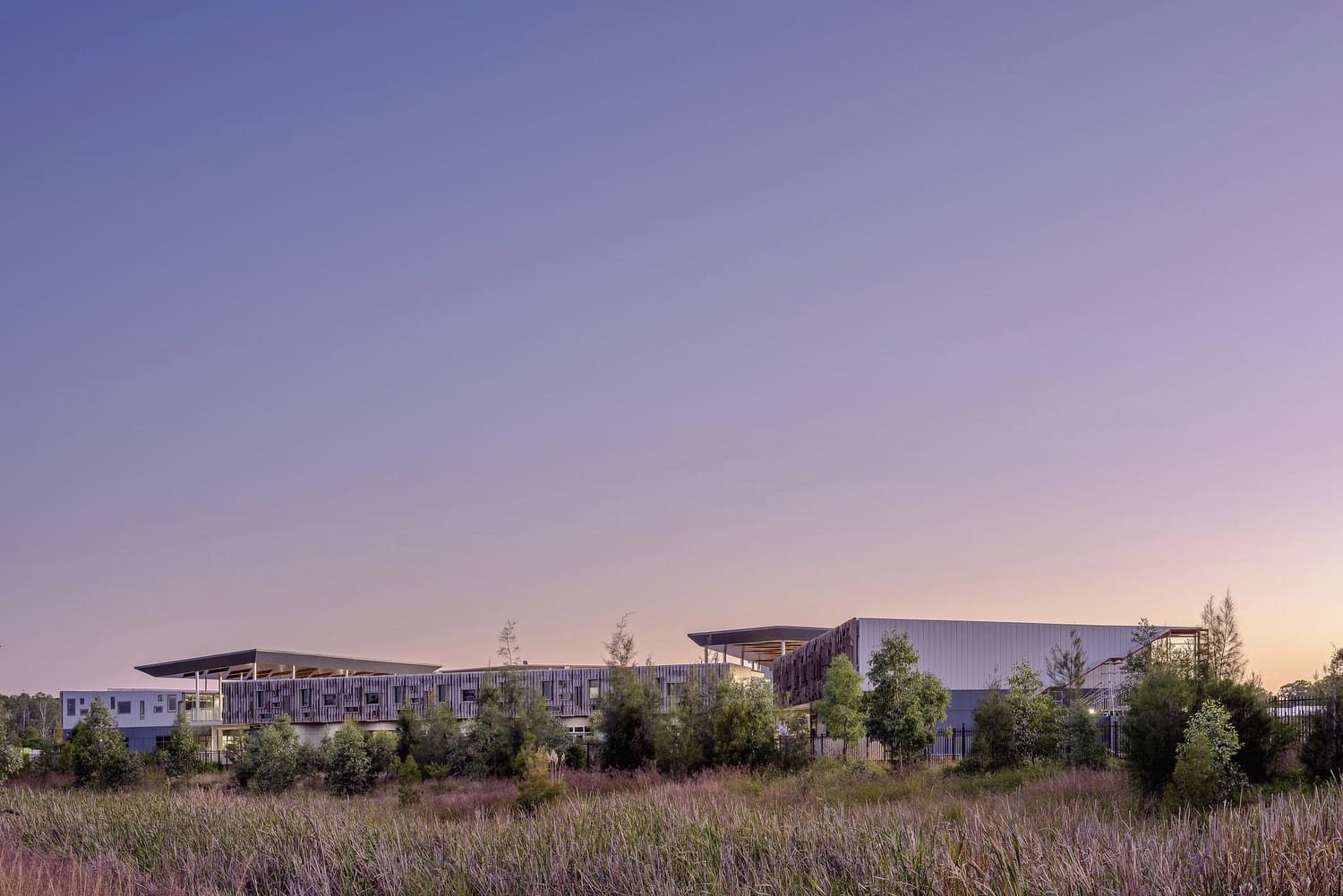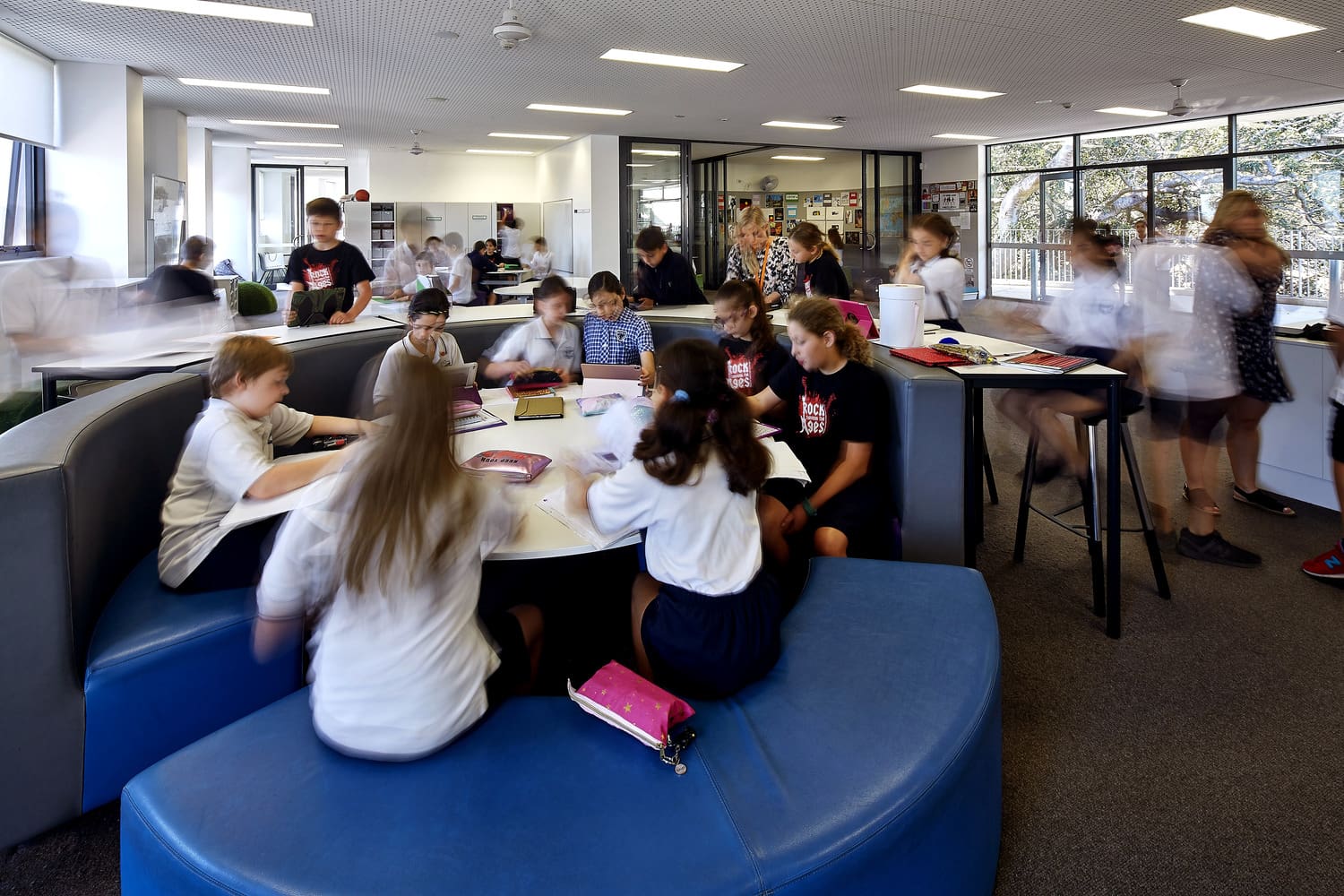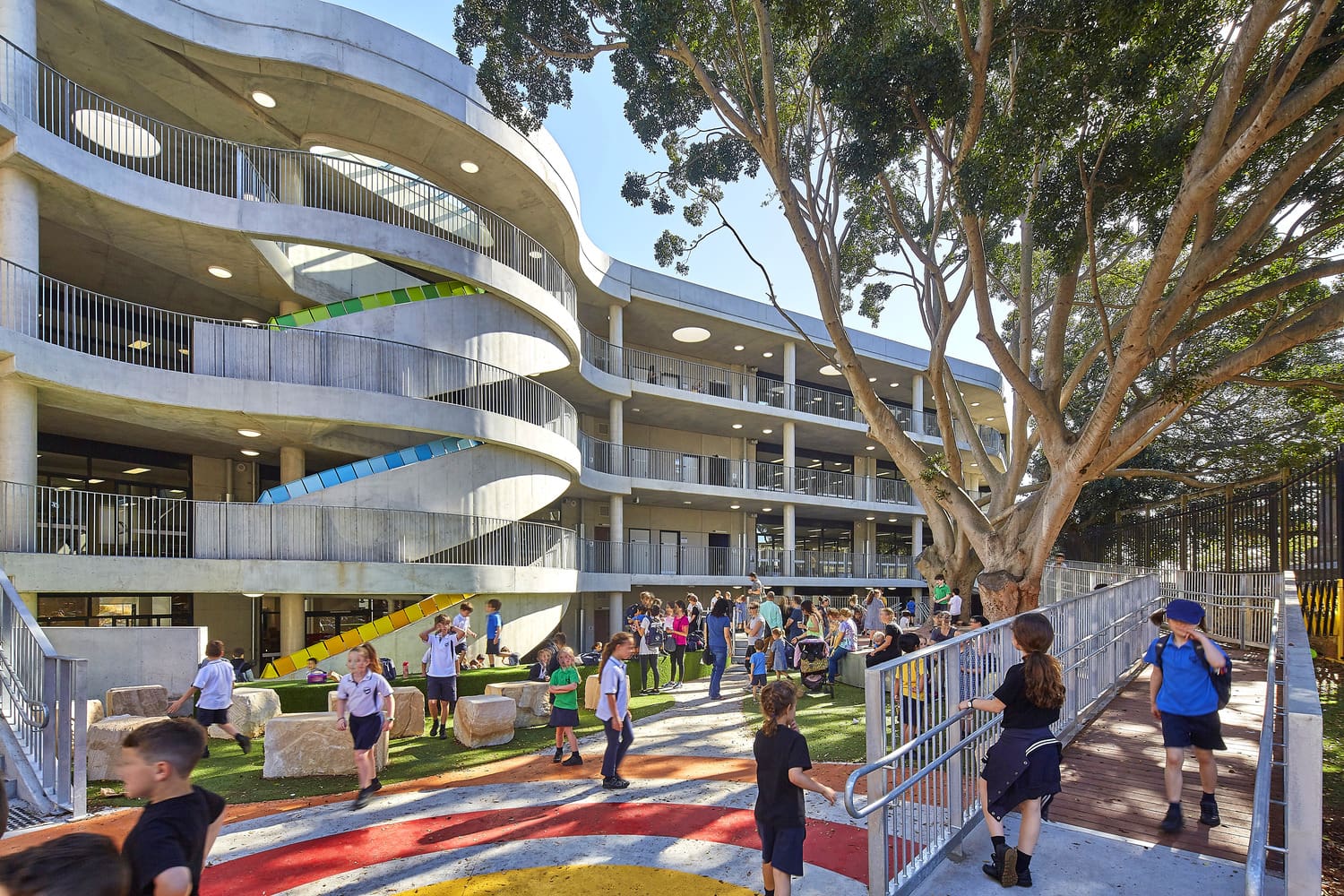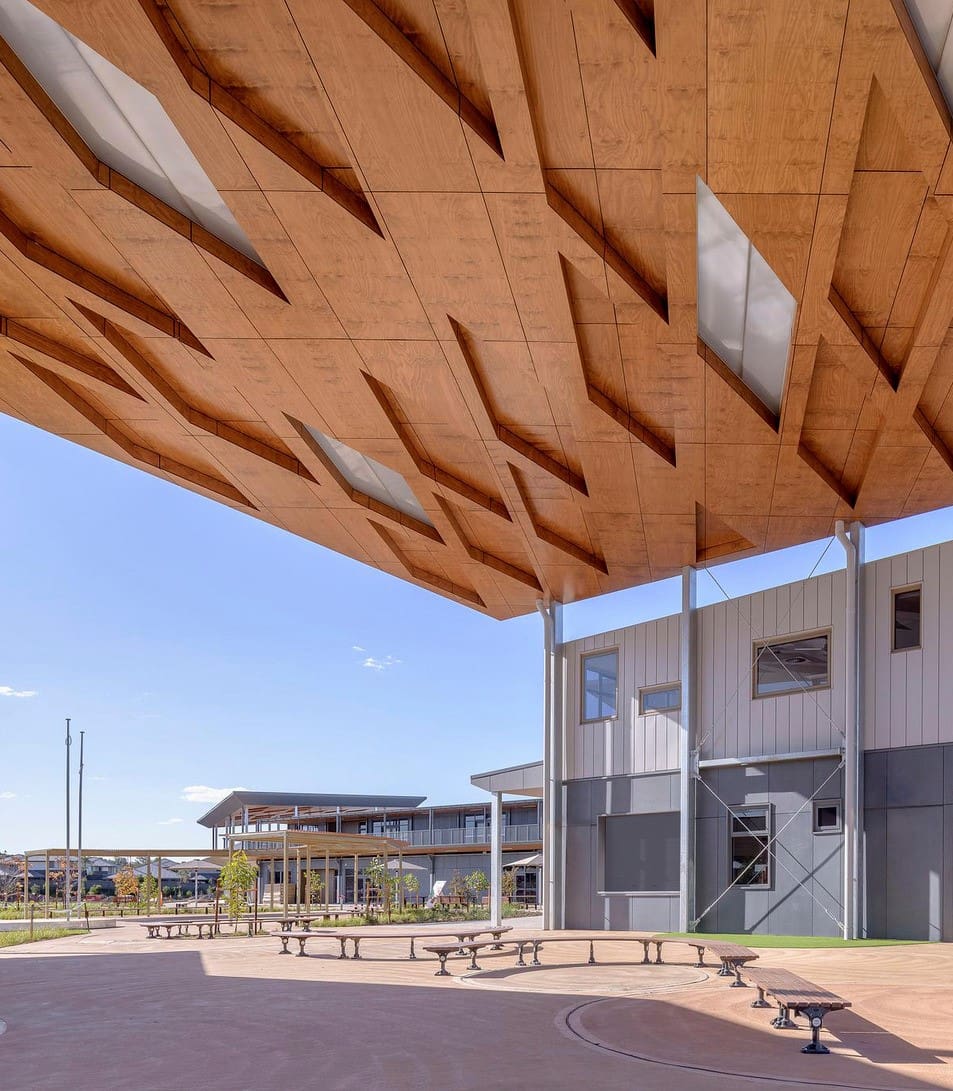Biophilia in schools is about more than a positive outlook
With the NSW Government now calling for Biophilic Design in the design of schools, is the power of trees on cognitive wellbeing finally getting the recognition it deserves?
In Australia the Government Architect of NSW refers to the inclusion of nature, Biophilic Design, in their publication- “Environmental Design in Schools”.
Education leaders worldwide agree that nature enhances learning, increases concentration, and improves wellbeing1, while studies into neurosciences and endocrinology demonstrate that Biophilic Design can create positive psychophysiological and cognitive benefits2.
Experiences within nature provide benefits to kids, including increased self-confidence and self-awareness2 Research by The University of Phoenix concluded “Children afforded the opportunity to be involved in risky play such as tree climbing grow socially, emotionally, physically, cognitively, and creatively, and have increased resiliency.”3
The benefits are clear. Yet in education projects, the risk of injury through tree climbing may be cited as a reason to remove or not plant trees within school playgrounds.
It’s a concern especially prevalent in the design of facilities for children with special needs, where the desire to protect them, and reduce risk of injury to staff, trees and planting is considered very carefully by school leaders.
Biophilic Design and special needs
There are notable benefits to special needs children in having access to a rich natural environment. A Lancet study found that children’s exposure to green spaces has a protective effect against the development of symptoms associated with ADHD, probably moderating the expression of symptoms rather than preventing it’s development4. Another study of students with ADHD found that twenty minutes in a natural environment was “sufficient to elevate attention performance relative to the same amount of time in other settings”5. “Doses of nature” might serve as a safe, inexpensive, widely accessible new tool for managing ADHD symptoms.
Engaging with nature through climbing trees has benefits, including the ability to measure risk, the benefit of inclusive participation in broad experiential directions, the development of strength, motor skills, resilience, and coordination may be denied if the trees are excluded. And yet these are some the aims of the special needs schools.
Other benefits of risk taking include a reduced level of childhood anxiety: In Germany a greater degree of experiential risk taking is fostered compared to countries like the US, where the protection systems are high. Rates of anxiety disorders are now three to eight times higher for American kids compared to German children6. Tree climbing can also lower stress hormone levels and reduce pain sensitivity in children with disabilities7.
Managing climbing risks
We believe the inclusion of, and engagement with nature, in schools is important for educational outcomes, but of course, possible risks should be carefully manage
- Tree species planted should be chosen carefully to reflect their desired use.
- In a Special Needs environment, climbing should be under supervision, with barriers and controlled access.
- The height of climbing can be managed through pruning, marking, and appropriate devices, while branch shape should be considered to prevent kids getting trapped.
- Trees should be away from buildings and fences so students cannot climb onto or over them.
- The impact of a fall can be reduced by ensuring the ground is soft beneath the tree.
- If climbing is not desired, trees should have long smooth trunks, so students cannot gain a foothold, and low branches trimmed so they are out of reach. Protruding roots should be covered with a deck to avoid tripping.
- Trees can be kept safe, and intact, through regular arborist inspection, reducing the risk of falling branches.
Through careful planning and consultation, many of the factors creating reluctance to invest in biophilia in schools can be addressed and managed, opening the door to its many benefits for the wellbeing of children.
1 Ryan, CO, Browning, WD, Clancy, JO, Andrews, SL, and Kallianpurkar, NB., (2014). “Biophilic Design Patterns”, International Journal of Architectural Research, July 2014, Volume 8, no. 2, 62–76,
2 Gull, C. Levenson Goldstein, S. Rosengarten, T. (2016) “Benefits and risks of tree climbing on child development and resiliency”, International Journal of Early Childhood Environmental Education, 5(2). https://files.eric.ed.gov/fulltext/EJ1180021.pdf Accessed 06/06/2020
3 Donovan GH, Michael YL, Gatziolis D, A ‘t Mannetje, Douwes J (2019). “Association between exposure to the natural environment, rurality, and attention-deficit hyperactivity disorder in children in New Zealand: a linkage study” Lancet Planet Health. 2019; 3: e226-e234
4 Faber Taylor, A. Kuo, F E, (2008) “Children with attention deficits concentrate better after walk in the park”. J Atten Disord, 2009 Mar;12(5):402-9.
5 Sax, L (2019) “Lessons From Germany: Children Climbing Trees” Psychology Today https://www.psychologytoday.com/au/blog/sax-sex/201910/lessons-germany-children-climbing-trees
6 “Treehab: The Healing Power of Tree Climbing” (2014) American Forests https://www.americanforests.org/magazine/article/treehab-the-healing-power-of-tree-climbing/ Accessed 06/06/2021




